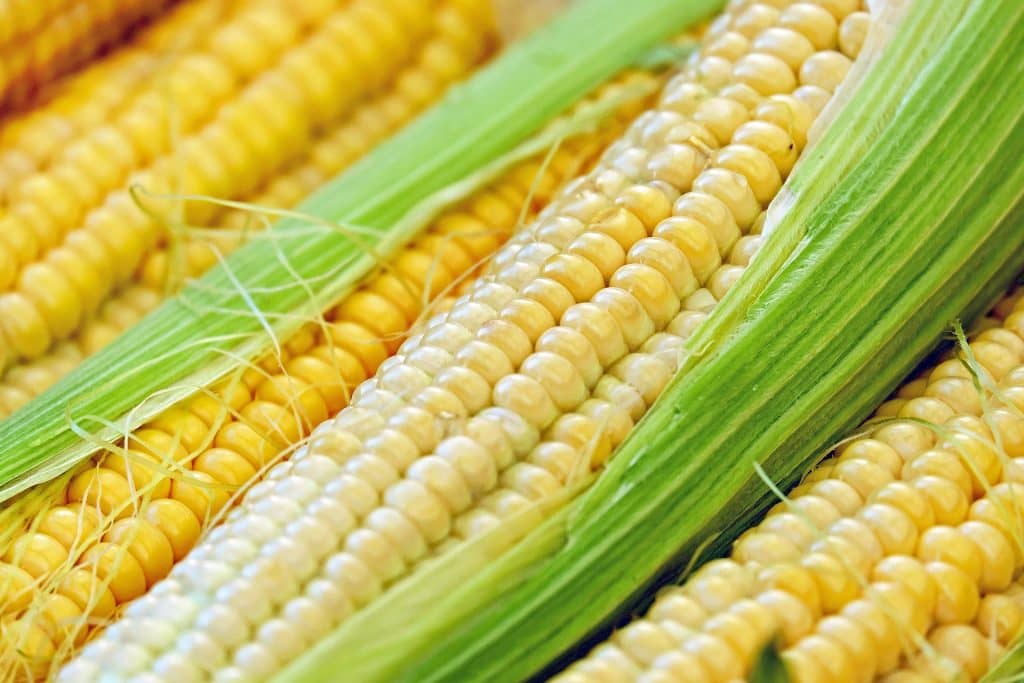Porto Alegre, March 2, 2022 – The picture of corn prices has been supported at the beginning of 2022 by some fundamental indicators that have consolidated levels of the CBOT above USD 6.00/bushel. However, the Ukraine effect brought a distortion, an anomaly, to the week for prices leveraged by the sudden rise in wheat. The consequences for the wheat and corn markets are still unclear as Russia’s attitude towards its markets in the coming weeks is not known. However, last week showed the market’s panic about commodities but, at the same time, that this panic can be quickly reversed.
As we have pointed out in our newsletters, some factors have supported corn prices well above the historical average since 2020, namely:
– The rise in oil prices. With the rise in oil, there is an increase in gasoline prices in the United States market, which makes room for continued good demand in the ethanol segment and greater corn crushing;
– Wheat, with high prices in the international market since 2020, has helped corn to find space in feedstuff replenishment. The market relationship between wheat and corn helps support prices;
– Stocks of 39 million tons in the United States. These are not low stocks, but they are not big either and stand less pressure from higher exports and higher demand for ethanol. But there is no shortage of corn in the United States, in fact, anywhere in the world;
– Very high production costs for corn in the 2022 crop all over the world due to fertilizers and chemicals. This fact helps to sustain prices as growers do not sell expecting equalization with costs;
– The market’s suggestion to cut the corn planted area from 2 to 3 million acres since December 2021. This bias persists and serves to create a supportive environment for the prices of the 2022 new crop, from September, as well as to put greater pressure through the weather factor on the development of the crop to be planted at the end of April;
– Crop failure in Argentina acts in a more controlled manner on the CBOT at the moment;
– China’s lack of new imports has been the negative issue for prices.
Therefore, there is a fundamental set of information for corn prices to remain at high levels in the first two months of 2022. We can add to these indicators the much more favorable price relationship for soybeans for the planting of the 2022 US crop, which establishes this trend of a potential cut in the corn area.
Last week, however, an anomaly of an extra-market factor made corn prices surge above USD 7.10/bushel. That value was not a record, as the record occurred in 2012, at USD 8.20/bushel, but the sharp rise in wheat put corn in a context of greater pressure. If Ukraine and Russia do not export wheat for any reason, the collapse of global supply would be evident, and corn is the potential substitute. This environment was softened by the factors already reported, wheat prices quickly yielded and sent corn back to the support of USD 6.00/bushel. In other words, back to the initial levels of the Ukraine crisis.
Ukraine was the world’s third-largest corn exporter in 2021, only behind the United States and Argentina. Brazil exported 21 million tons in 2021, and Ukraine 33.5 million. This greater volume supplies all Eastern Europe, Europe, the Middle East, and China. This led to sharp hikes in China last week and on the CBOT. If Ukraine fails to place this volume in the international market, other exporters will need to meet this supply, including the United States, Argentina and Brazil.
Now, the market has two important points for March, namely:
– The supply and demand report on the 9th. This report should be, once again, bullish for soybeans, as USDA will have to cut the production in Brazil and Argentina to realistic levels, as its February figures are at odds with the market. Naturally, this consolidates the price strength for soybeans and makes the competition for planting the 2022 US crop more supported against corn;
– The planting intention report on March 31st. The only real survey measuring the planting trend in the United States is released on this date. As we have pointed out, the figures released in the USDA forum last week are prepared in December and do not establish a full trend condition for prices. The bias of a smaller area for corn and larger for soybeans has been reported by the market since November. There is nothing new about it.
The point is that at the Forum, the analyst in charge confirmed what the market is saying, an area cut of ??2 million acres for corn, but put average productivity at 181 bushels/acre, against the 2021 record of 177 bushels/acre. To say the least, that looks like early optimism for the 2022 US crop, which starts to be planted at the end of April.
Agência SAFRAS Latam
Copyright 2022 – Grupo CMA

